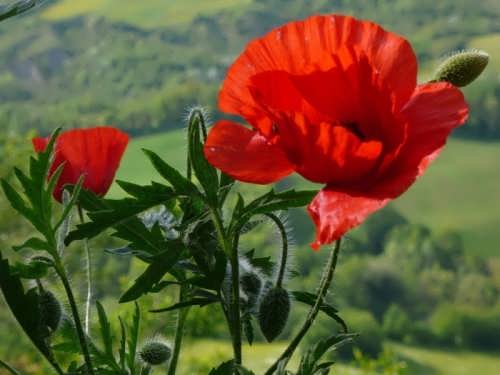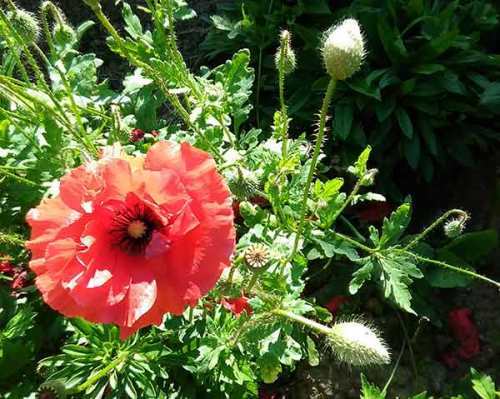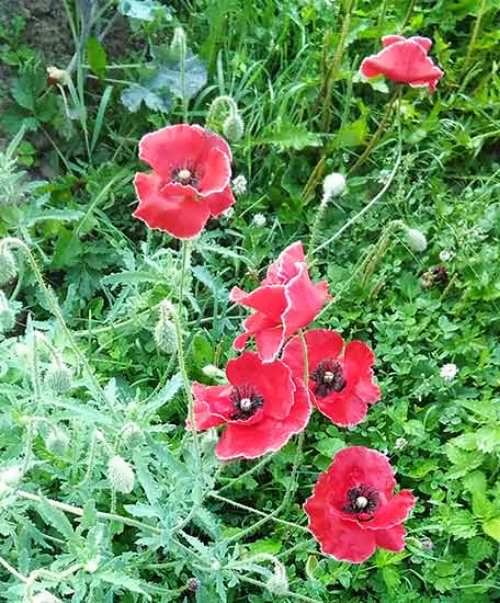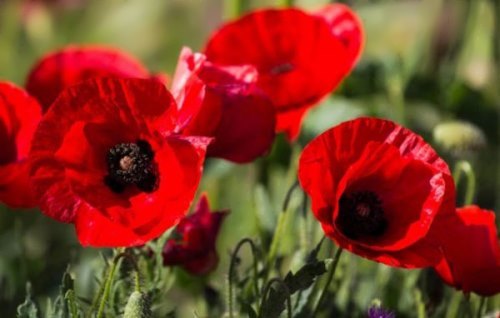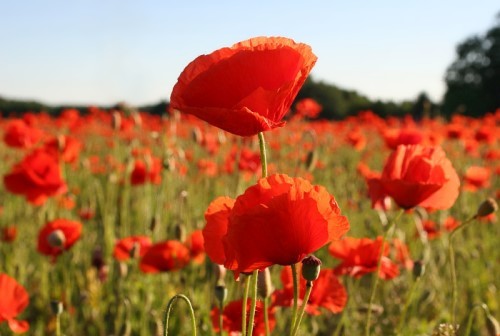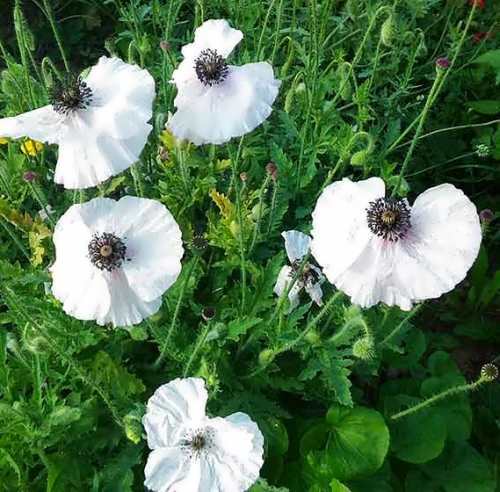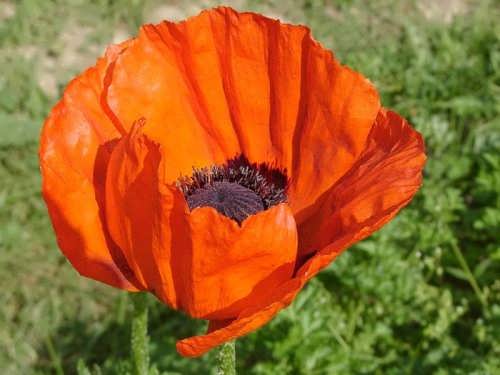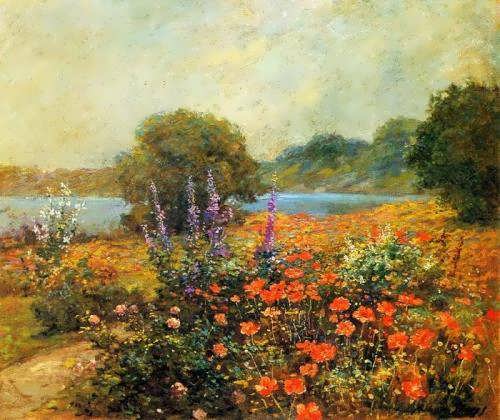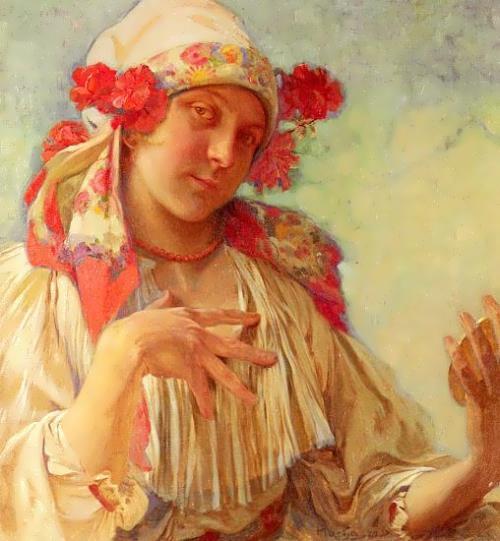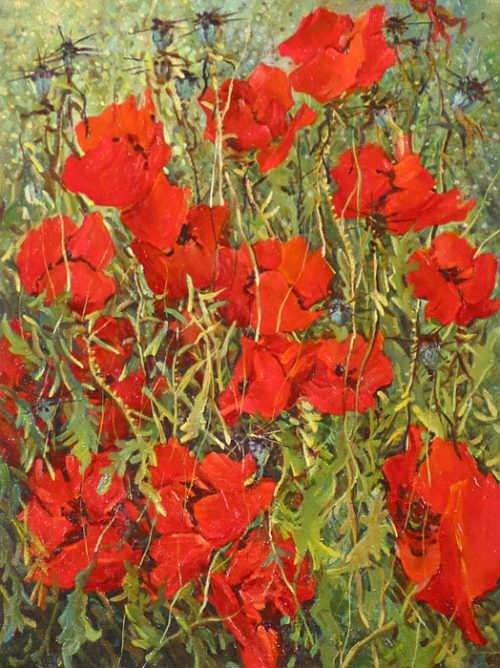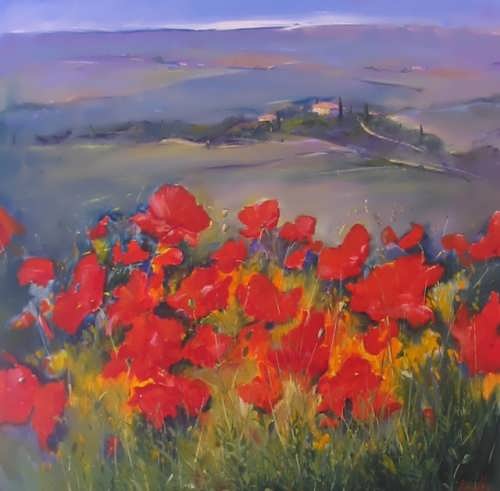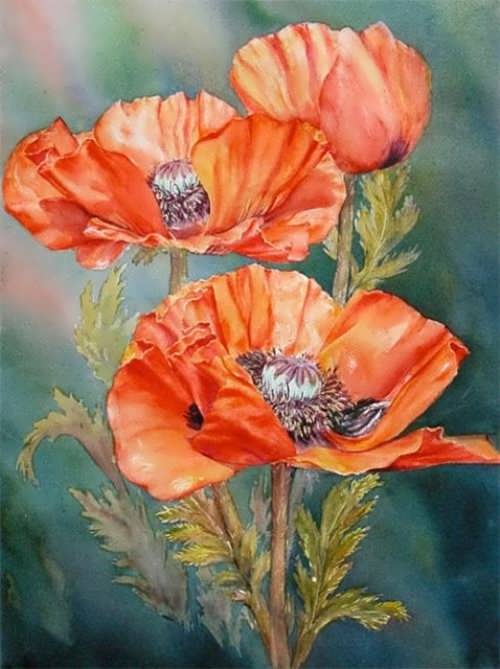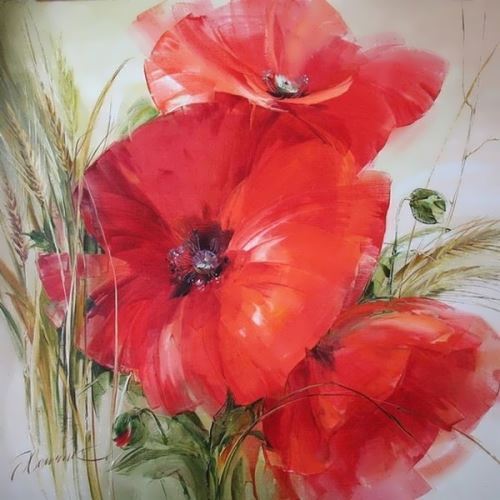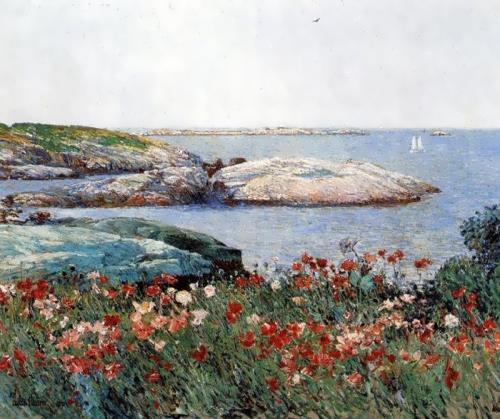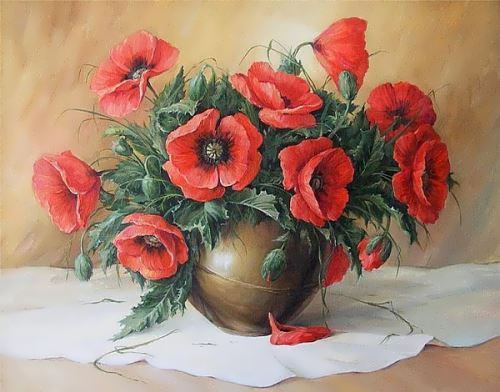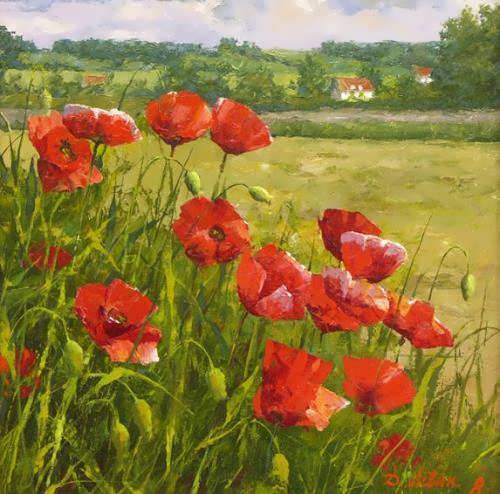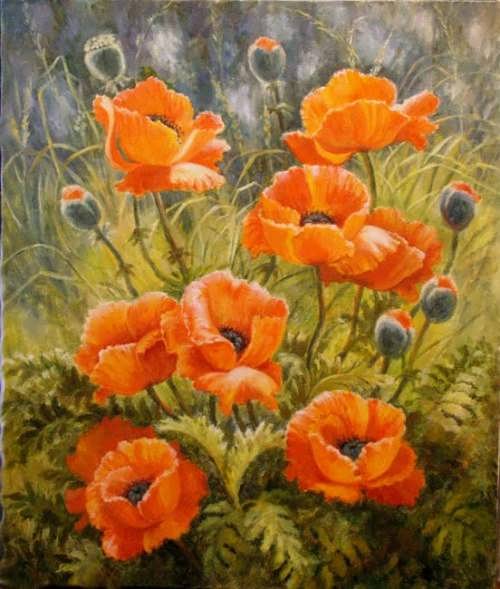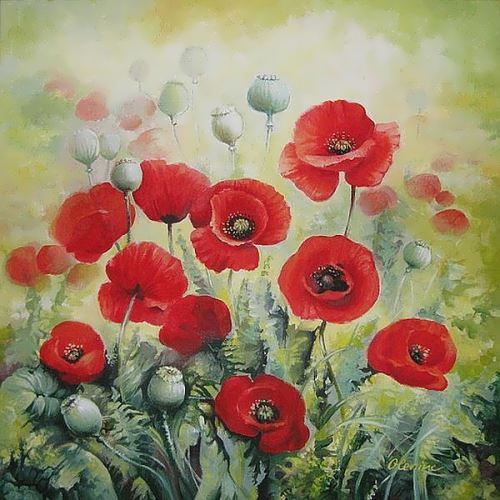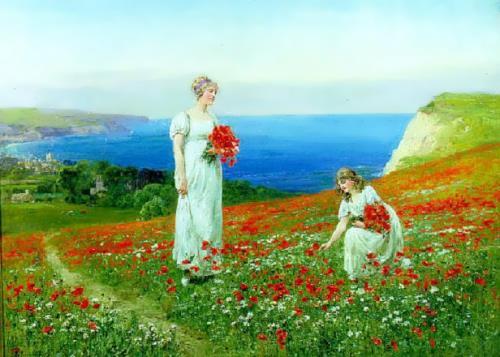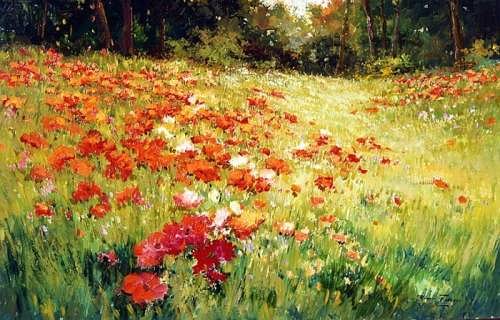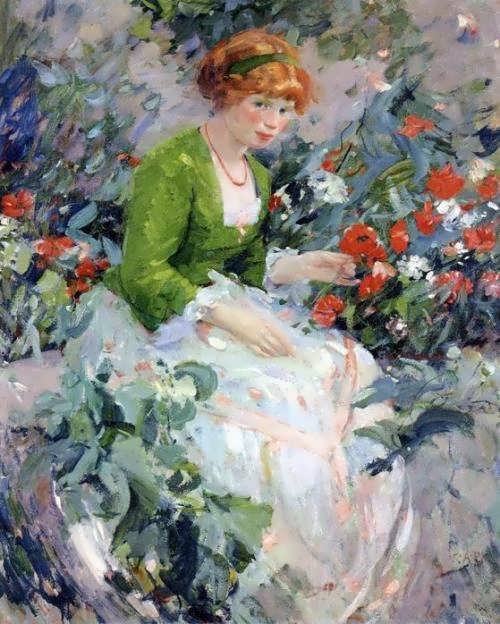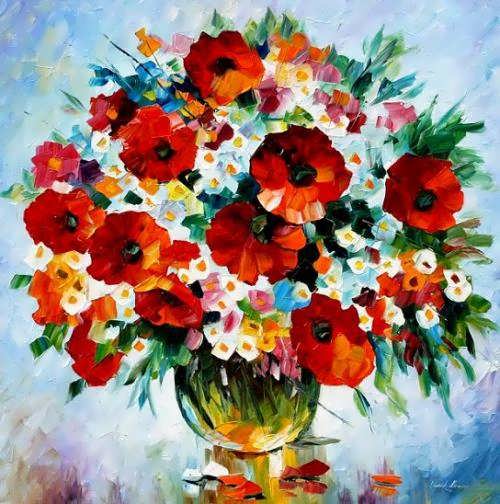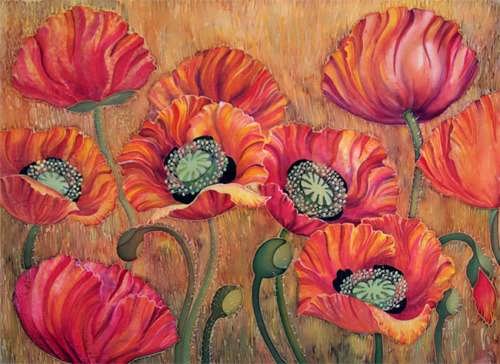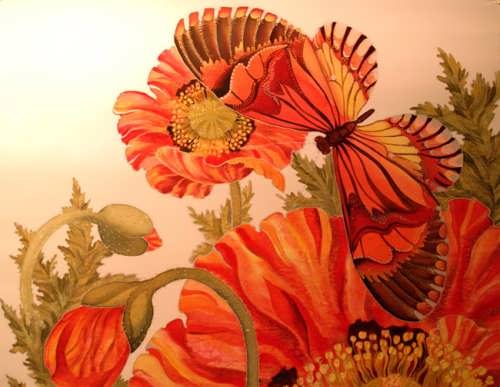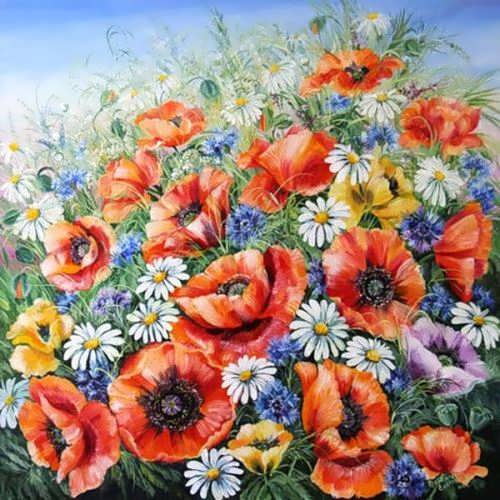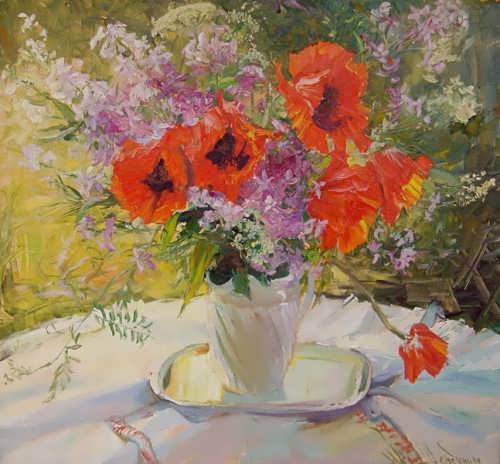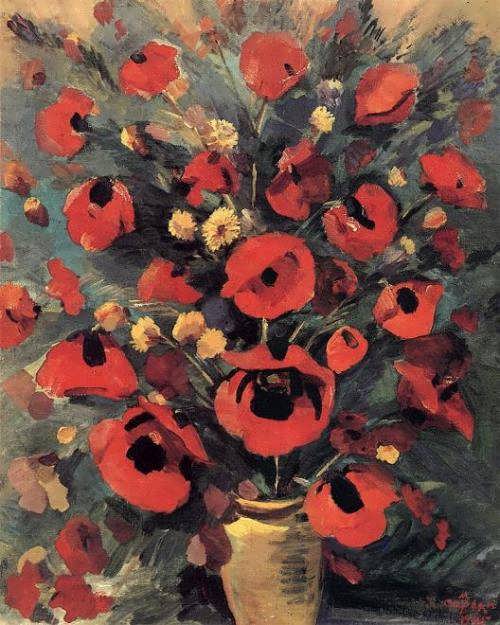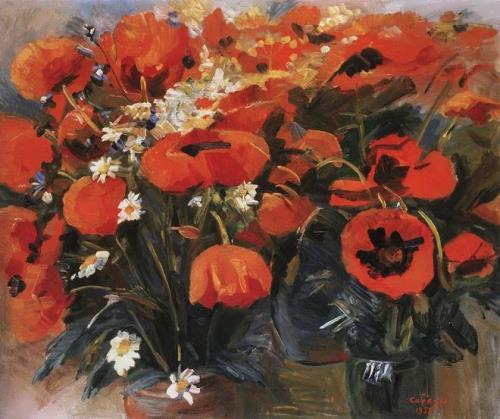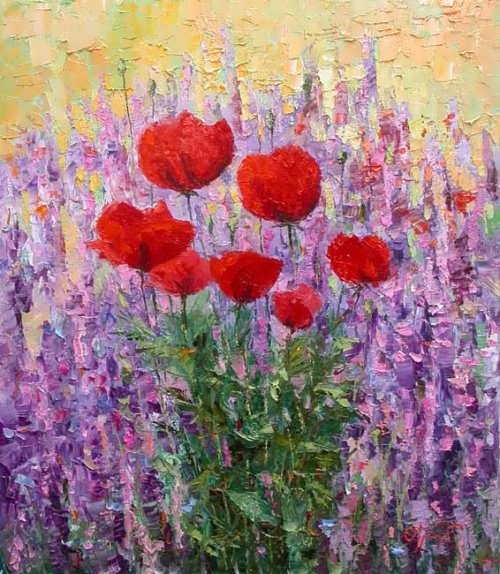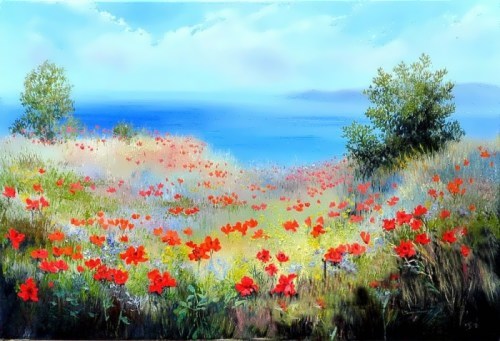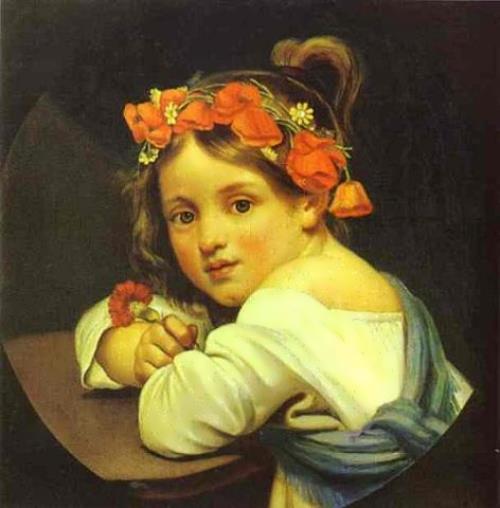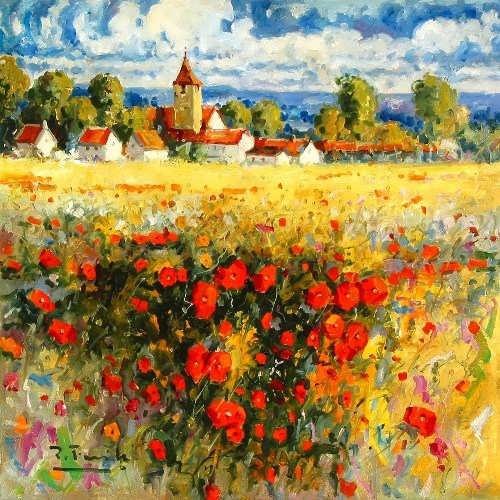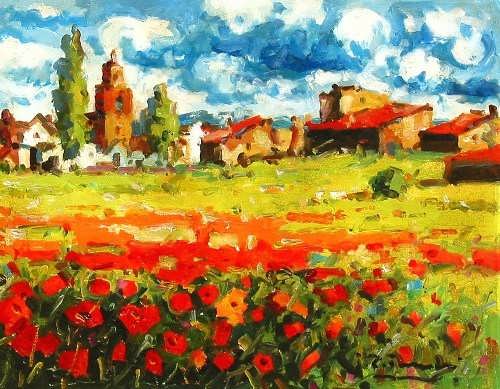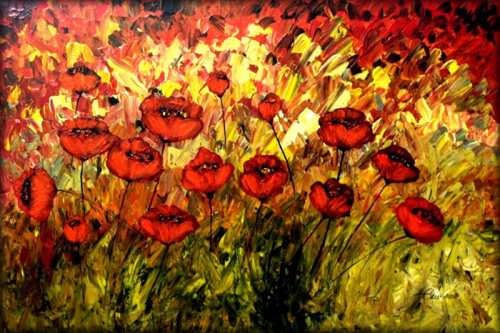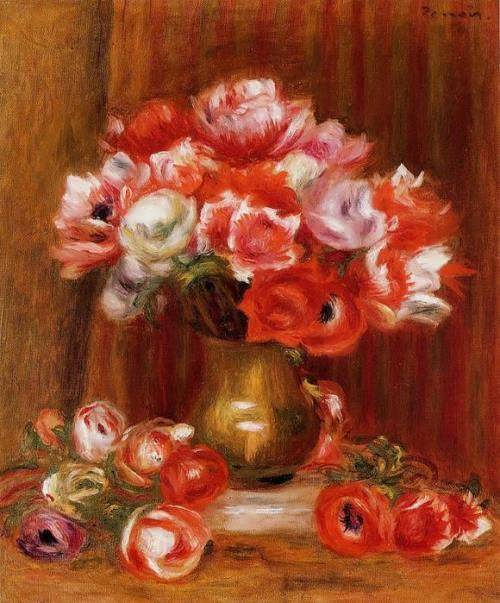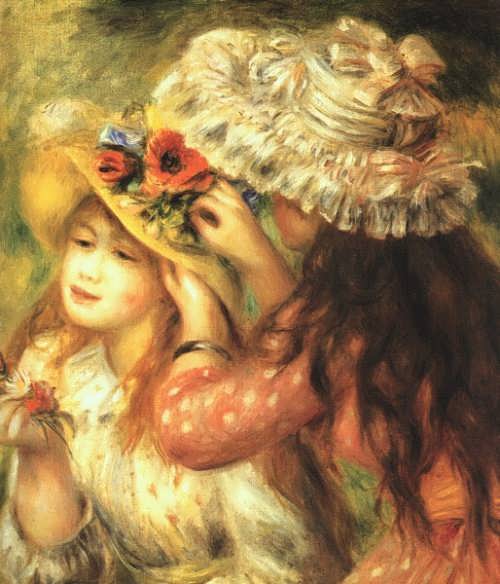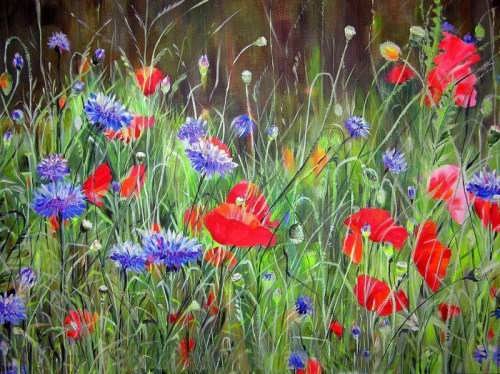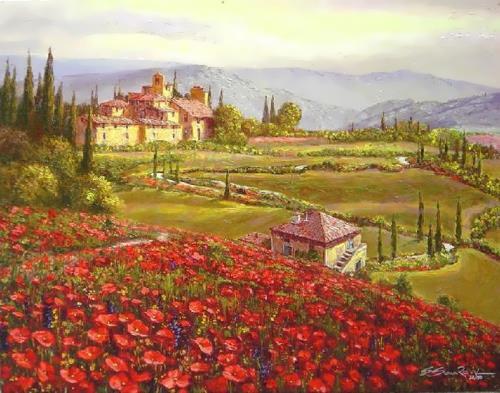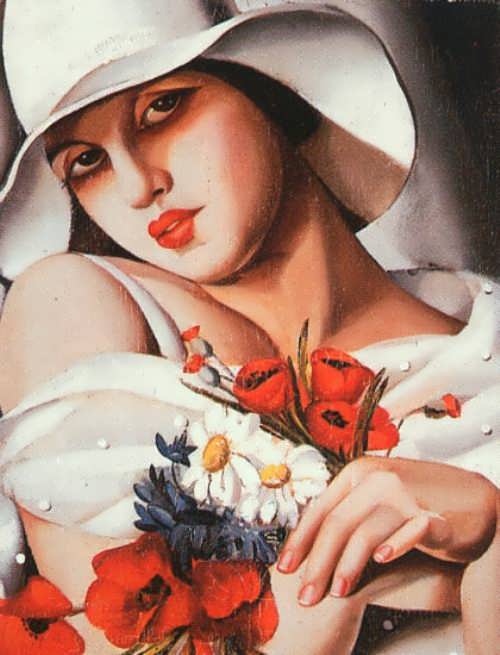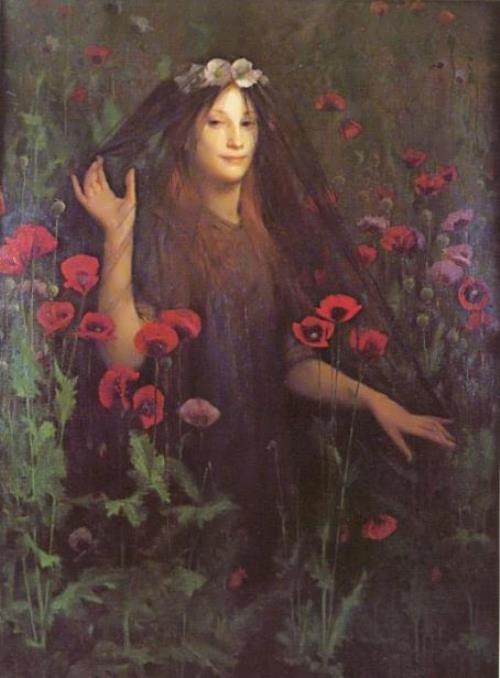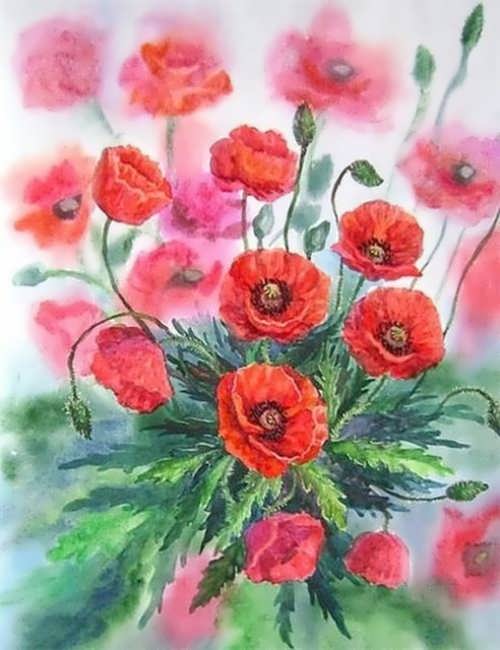Poppy – wonderful flower
Poppies are valued for their brilliantly colored blossoms. They are grown as garden plants and also for their seeds.
Poppies grow in mild climates throughout the world. They come in different sizes: from tiny plants that grow near the soil to plants that are up to 4.6 meters in height.
Poppy flowers are shaped like cups and have four to six petals. They may be red, orange, yellow, pink, blue, lilac, or white. Their seeds are used for baking breads and desserts. Medicine to relieve pain can be made from the poppy. According to Avicenna, a decoction of the poppies’ roots cured sciatica and headaches.
Its Latin name is Papaver. There are two versions of the origin of the Latin name. According to one the name “papaver” comes from Greek “pavos” – milk; another version says that the Latin name of the plant comes from the word “papa” (father) and is associated with the tradition of the ancient Romans to give children poppy seeds to calm them down.
The milky sap of poppies is called “opium”, which translated from Greek as “poppy sap”.
In ancient Egypt poppy was used as an anesthetic. It was cultivated in plantations. However, the Egyptians noticed that it brought not only benefits but also harm. Poppy became the symbol of sleep and death.
In ancient Greece poppy was dedicated to the gods Morpheus and Hypnos. Bouquets and wreaths made of poppies can be seen in all images of the gods. It was believed if Morpheus touched a person with a poppy he immediately fell asleep.
Since the end of World War I in Europe, USA and Canada poppy symbolizes the memory of those killed in wars.
In the Russian north there are yellow poppies that survive under the ice.
There is a blue poppy, which grows in the Himalayas. It blooms for three weeks.
Poppy is considered the oldest spice. Archaeologists have found that people used poppy seeds as early as the Neolithic period. Presumably, the birthplace of poppy was Mediterranean.
